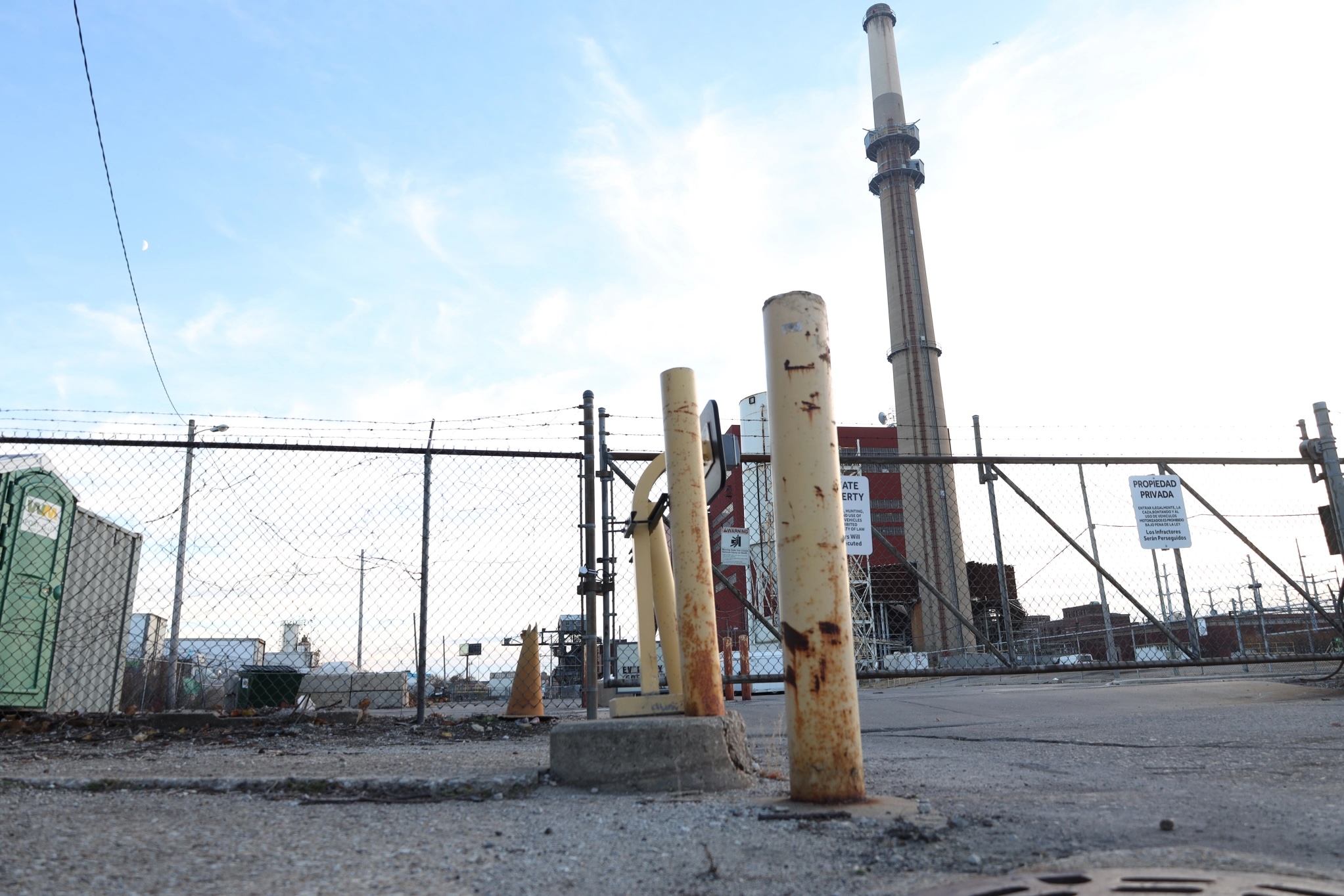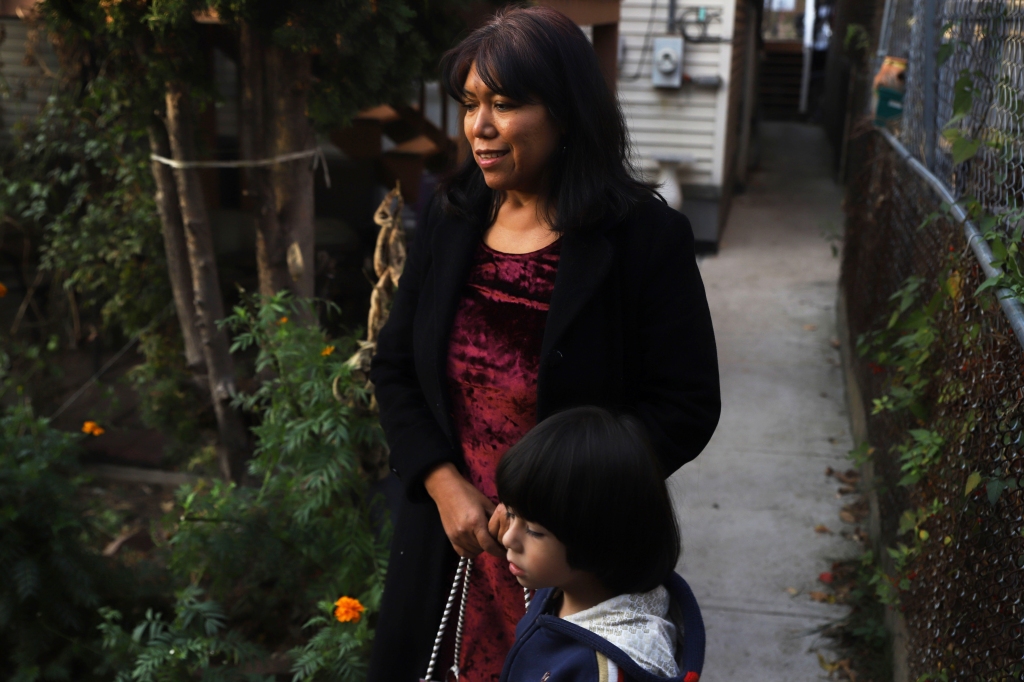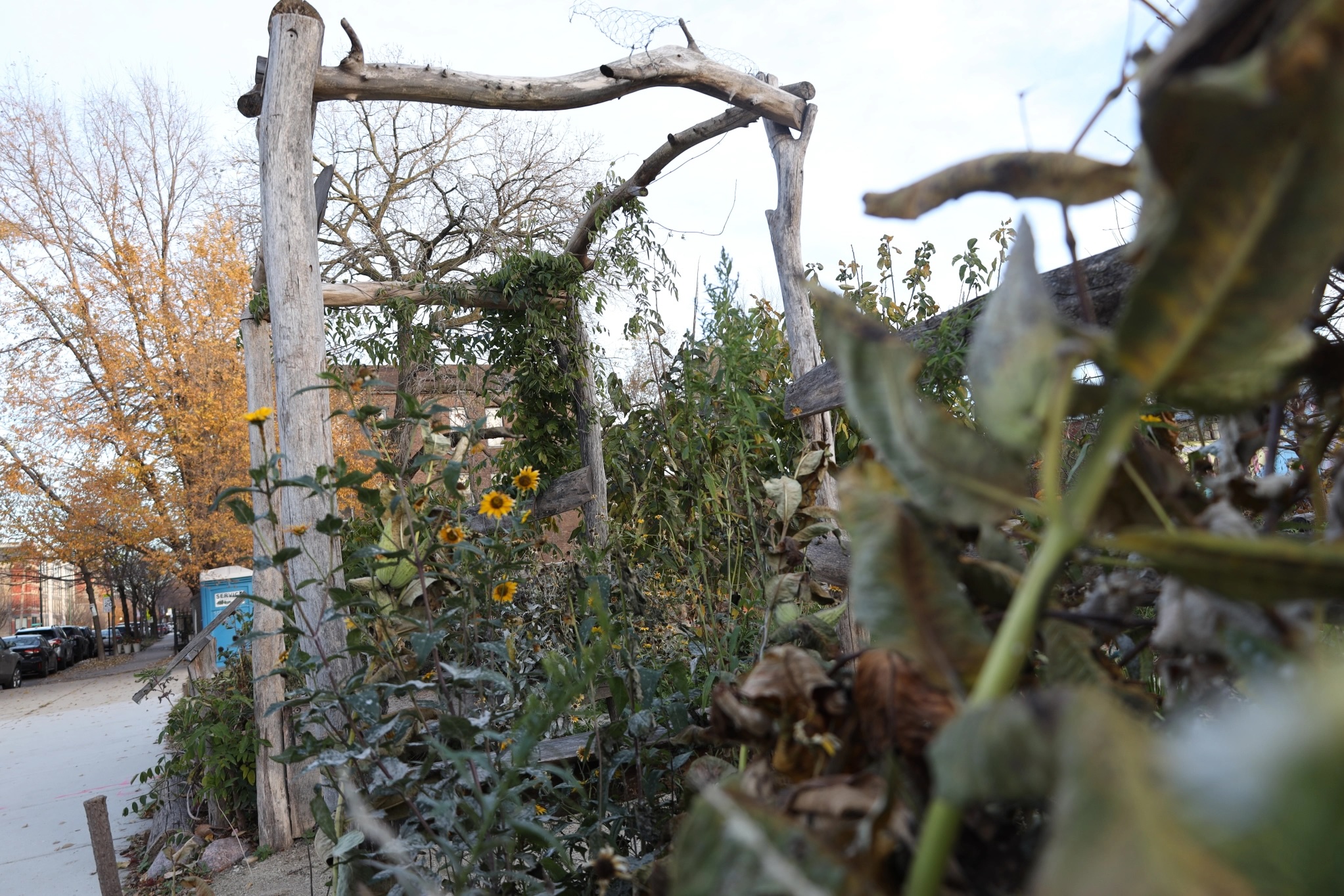Analyzing the disparity of green spaces between Chicago’s North, West and South Sides

The abandoned Fisk Generating station, located in the neighborhood of Pilsen on the lower west-side. The large area has been vacant for over a decade. Photo by Jared Lam.
Chicago is commonly referred to as one of the most segregated cities in the United States. The city also declares itself in its own motto “Urbs in Horto,” a Latin phrase meaning “City in a Garden”, sort of congratulating itself for its many parks within the city’s limits. While this motto isn’t completely fabricated as the city does consistently rank high in many annual round-ups of major U.S. cities’ park systems, it is important to know that this is just a part of a larger problem concerning green space in the city.
Pilsen, a historically Mexican neighborhood located on the Lower West Side of Chicago, is a notable representation of Chicago’s green space gap.
“It’s very difficult to work and promote more green spaces where there are no community gardens available, there are not a lot of parks in the neighborhood,” states Galeno-Sànchez.
The green space gap is the phenomenon that throughout the city, the North Side, which tends to be inhabited by a whiter and more economically advantaged population, has more park access and green spaces for their residents than the West and South Sides of the city, which historically are more impoverished and have more people of color.Thus, green spaces and societal inequalities are strongly interlinked and contribute to one another.
Dr. Winifred Curran, a geography professor at DePaul University who specializes in gentrification, believes there is a reason behind how green space disparity developed. “The way in which in the past 15 years or so green space and new parks and those similar kind of green amenities and green infrastructure have been used as a tool to spark real estate development and increase property values that displace people, long term residents of neighborhoods,” said Curran.
Curran is a part of the core project team for a collaborative database named ChiVes, which incorporates various maps of Chicago analyzing different layers of inequality to study how they interact.
“It’s still in the progress, but our hope is that we will share this with community groups and work with them to realize ways to use the data to accomplish the change that they would like to see in their neighborhoods,” said Curran.
Claudia Galeno-Sánchez’s Women for Green Spaces group represents a community of low-income women of color in Pilsen, who strive towards expanding green spaces in their community.
“It’s very difficult to work and promote more green spaces where there are no community gardens available, there are not a lot of parks in the neighborhood,” states Galeno-Sànchez.
“We are looking for empty spaces to plant trees on the sidewalks.”

Claudia Galeno-Sanchez and her son walking through her garden in her home in Pilsen. Galeno-Sanchez runs Women for Green Spaces. Photo by Jared Lam.
Pilsen is among many polluted, industrial neighborhoods with an excess of empty lots here. These are places that aren’t being used for anything productive such as houses or green spaces. They just sit there unused for years.
With Cook County among the top 9% nationwide for diesel engine pollution, it is important to note that Pilsen is one of the most polluted neighborhoods within the county, whereas neighborhoods on the North Side generally have much lower levels of pollution. Thus, recognizing pollution is another factor of the green space gap in Chicago.
While, of course, correlation does not mean causation, there is a plethora of evidence of this green space gap in Chicago that correlates with inequities between the North, South and West sides.
‘Well, do you have parks?’ and they would say, ‘Well, we have vacant lots.’”
“A lot of this comes down that has to do with zoning laws in the city of Chicago,” DePaul University Professor of Environmental Science and Studies James A. Montgomery said. “We’ve had this very strong kind of racial and ethnic segregation take place and the air quality was poor, the water quality was poor, the sanitation was poor and certainly access to green space was poor.”
While these neighborhoods have industrial roots that are a part of the cause for the green space gap, their origins continue to have a massive societal effect on their inhabitants. Neighborhoods like Pilsen have historically struggled with violent crime, an issue that has consistently been proven to rise with lower rates of green space.
A study by the University of Edinburgh found that “ “the link between green space and lower property crime risk was found in 300 of the cities – Cape Coral in Florida was the exception – and in all but three cities – Chicago, Detroit and Newark – for violent crime risk.”
“I’ve had students who the first time that they came north of the Loop was when they came to college,” Montgomery said. “Some of them were describing their environments and I would hear things like gun violence and when we would suss it out and I would say, ‘Well, do you have parks?’ and they would say, ‘Well, we have vacant lots.’”
Minimal action from the city government to take the necessary and continued action to deforest damaged trees, rather than improving their conditions, such as in new city ordinance, O2023-000423. This leaves neighborhoods like Pilsen, which has a tree canopy rate seven times lower than certain North Side neighborhoods like Lincoln Park, in the dust.

An unused train car across the street from El Paseo Community Garden. El Paseo was built on an abandoned rail line. Photo by Jared Lam.
El Paseo Community Garden is a noteworthy way of how local community members have taken action against these historically industrial areas. Just around the corner from what was once one of the worst coal-burning power plants in terms of racial injustice, Fisk Generating Station, now just an empty lot for over a decade and built on an old and out-of-use rail line, the community reimagined it into a thriving but rather small community center of green space. This poetic juxtaposition of a community fighting against its historic and current inequities is unfortunately one of the few hopes that the neighborhood of Pilsen has for progress.

The entrance of the El Paseo Community Garden. El Paseo was built on empty lot that was once a rail line. Photo by Jared Lam.

An altar for Dia de los Muertos, set up in the El Paseo Community Garden. These offerings to honor lost loved ones. Photo by Jared Lam.
Header by Bridget Killian




NO COMMENT